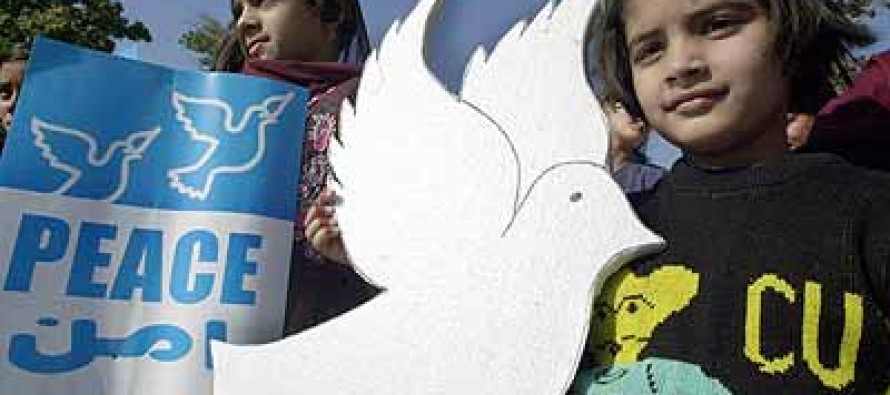Old-mind set of political leaders needs to be changed in South Asia for peace and harmony

A seminar on “Dynamics of Security of South Asia” was organised by the South Asian Group Studies, Sydney University on 7th November.
The Director of the SASG welcomed the keynote speaker Barrister Harun ur Rashid, former High Commissioner for Bangladesh to Australia (1982-84) and Ambassador to the UN, Geneva (1987-91). He returns to Dhaka this week.
The seminar was attended by academics and students of Sydney University. Many Bangladeshi post-graduate students and others also attended the seminar.
Mr. Rashid in his keynote speech underscored the following features of South Asian security:
South Asia has been a tension-filled region. India and Pakistan fought three wars (1948, 1965 and 1971) during the last fifty years, two of those over Kashmir and the third one (1971) resulted in emergence of Bangladesh as an independent country
.
India and China fought a brief war in winter of 1962 and there is a shadow of China impacting on South Asian security.
The region is asymmetrical in nature. The size of India is larger than that of six countries of the region combined together.
India’s geographical position is very significant in that it sits right in the middle of South Asia and shares borders with all countries in the land territory. No country in the region shares border with each other.
Rightly or wrongly, India is perceived as a “big brother” by small neighbours and there exists no shared security perception among South Asian states. Some states even perceive security threats arising from within the region and not from outside the region
India claims that its security interests are trans-South Asian region. India defines its security position against China’s military strength, while Pakistan assesses its security concerns against India’s military power. This triangular arms race is one of the destabilising factors in South Asia.
Smaller countries fall within the security parameters of India’s security and if India is attacked, it can send its soldiers in those countries. Prime Minister Nehru in 1950 said that “a threat to Nepal is a threat to India and India cannot tolerate any invasion of Nepal from anywhere.
A Way Forward:
Interconnectivity through transport and transit rights through each other countries and non-tariff barriers to trade will go a long way to boost peace in the region.
China has already built railway connection to Lhasa from Beijing and plans to extend it to northern town of Nepal or to Kathmandu. This will open a new inter-connectivity from South Asia to China.
India is emerging as a rising power both economically and militarily. India’s economic relation with China is increasingly growing and the two- way trade may stand to $30 billion by 2015 from $7 billion in 2007.
The gradual close economic relations between the Asia’s giants has brought a distinct advantage for other South Asian countries provided they are willing to integrate their economies with those of India and China.
Outstanding prickly bilateral issues including the Kashmir dispute need to be resolved so that mutual trust and confidence is restored with each other.
Above all, Mr. Rashid stated that old-mind set of political leaders needs to be changed for peace and harmony in the region. Hope, instead of despair, harmony instead of discord, peace instead of conflicts, must be brought to the region by the leaders of South Asia so that poverty is gradually eliminated from the region. More than 500 million people out of 1.2 billion live below poverty line in the region.
Later there was a session of questions and answers which were lively and brought out many challenges facing the region. The seminar ended with some light represhments.


